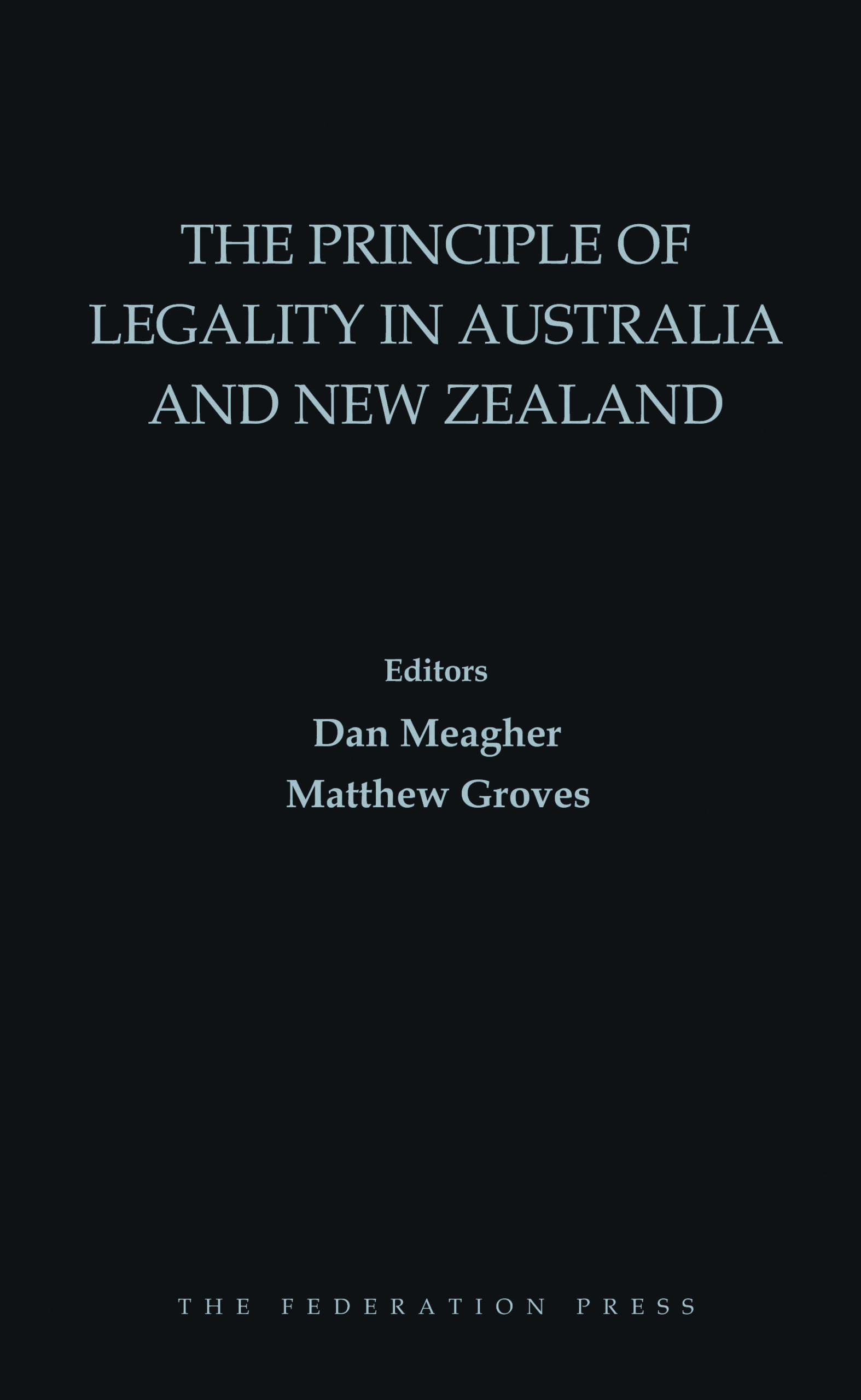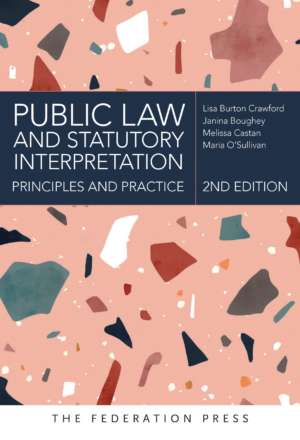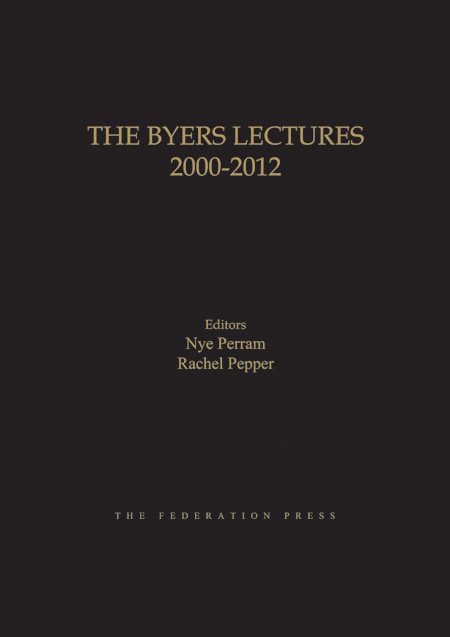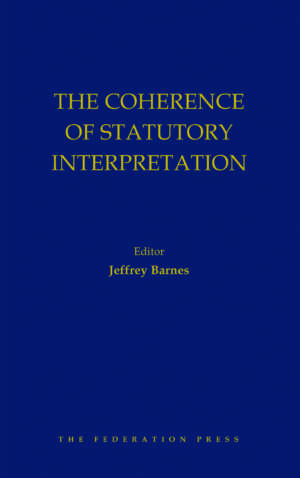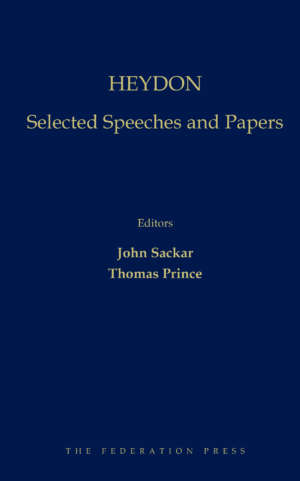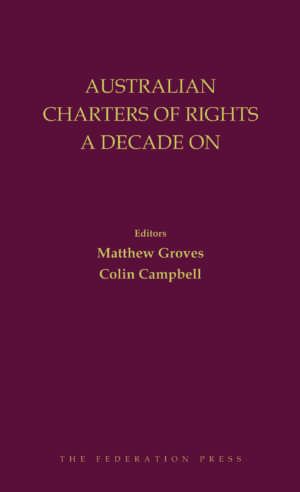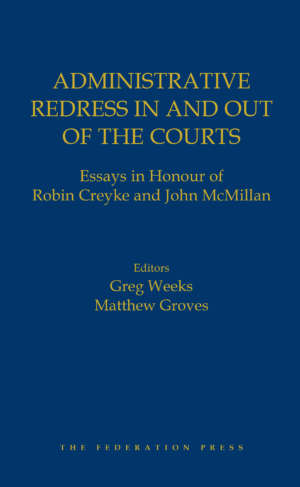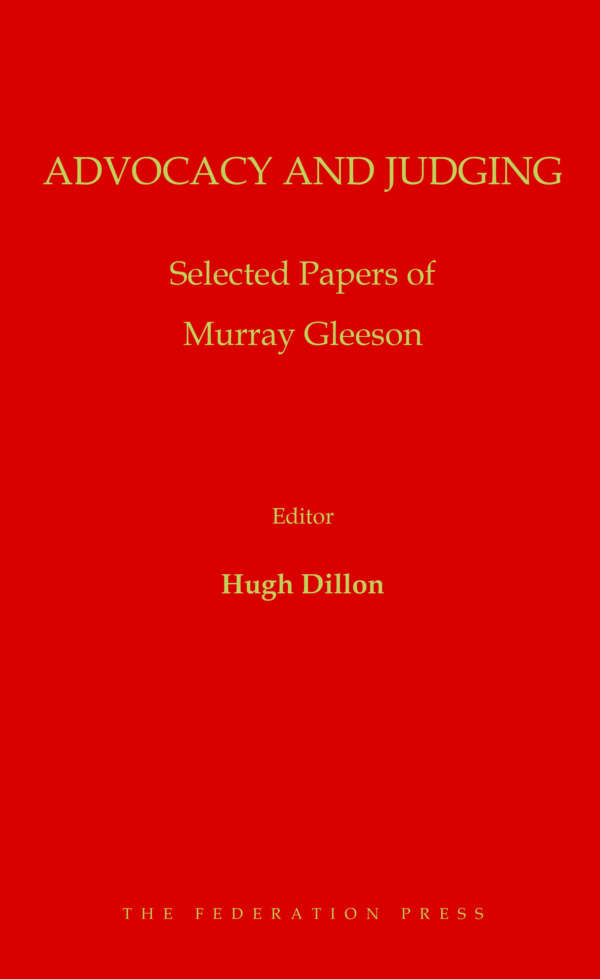Product Description
In this age of statutes and human rights the common law principle of legality has assumed a central importance. The principle holds that unless Parliament makes unmistakably clear its intention to curtail or abrogate a common law right, freedom or principle, the courts will not construe a statute as having that operation. As Lord Hoffmann famously observed, this “means that Parliament must squarely confront what it is doing and accept the political cost”.
The principle of legality is now central to the operation of Australian and New Zealand public law. Yet its content, methodology and scope remain elusive and has never been examined in detail. This book fills that gap by drawing together leading judges, practitioners and scholars to explore a range of interesting issues and challenges for the application of the principle of legality and its future trajectory: How does the principle operate? Which rights and freedoms fall within its scope and why? What is its relationship to the (so-called) common law bill of rights? Has proportionality a role to play in its application? How, if at all, does it differ from the presumption with international law? And in the construction of statutes does the principle serve to fulfil or frustrate the will of Parliament?
Foreword by Robert French AC
Acknowledgments
About the Contributors
Table of Cases
Table of Statutes
PART I – DOCTRINE AND THEORY
1. The Rationales for the Principle of Legality – Brendan Lim
2. The Principle of Legality and “The General System of Law” – Stephen McLeish and Olaf Ciolek
3. The Principle of Legality: Constitutional Innovation – Philip A Joseph
4. The Principle of Legality and Legislative Intention – Jeffrey Goldsworthy
PART II – ISSUES AND CONTROVERSIES
5. The Principle of Legality – An Unhelpful Label? – John Basten
6. Rights-Promoting Statutory Interpretive Obligations and the “Principle” of Legality – Kris Gledhill
7. The Principle of Legality and Proportionality in Australian Law – Dan Meagher
8. Common Law Rights have Justified Limits: Refining the “Principle of Legality” – Hanna Wilberg
PART III – SUBSTANTIVE LAW
9. The Principle of Legality and Administrative Discretion: A New Name for an Old Approach? – Matthew Groves
10. Legality and Lenity – Jeremy Gans
11. The Treaty and Human Rights in New Zealand Law : Will the Common Law Presumptions Help or Hinder? – Kirsty Gover
12. Confluence or Divergence? The Principle of Legality and the Presumption of Consistency with International Law – Wendy Lacey
PART IV – FINAL OBSERVATIONS
13. The Principle of Legality in Australian and New Zealand Law – Final Observations – Matthew Groves and Dan Meagher
Index

